Tour Road closed to bicycles and motorcycles
The tour road remains closed to bicycles and motorcycles due to loose gravel creating unsafe conditions.
Pavement Preservation July 7th - August 5th
The public can expect some time-limited closures and/or re-routing to safely accommodate work. Closures will be posted as separate alerts.
Navigation Warning
Some navigation systems on devices misdirect visitors driving to Wilson’s Creek National Battlefield. Please note that the entrance to the park is at the visitor center located near the Southeast intersection of Hwy ZZ and FR 182.
| Title | Wilson's Creek |
| Park Code | wicr |
| Description | Wilson's Creek was the first major Civil War battle fought west of the Mississippi River, and the site of the death of Nathaniel Lyon, the first Union general killed in action. The costly Southern victory on August 10, 1861, focused national atte... |
| Location | |
| Contact | |
| Activities |
|
| Entrance fees |
|
| Campgrounds | Count: 0
|
| Places | Count: 5
Bloody HillOn August 10, 1861, Union and Southern forces met at Wilson’s Creek in the second major battle of the Civil War. Called the “Bull Run of the West,” some of the battle’s most pivotal moments occurred on high ground later christened “Bloody Hill.” 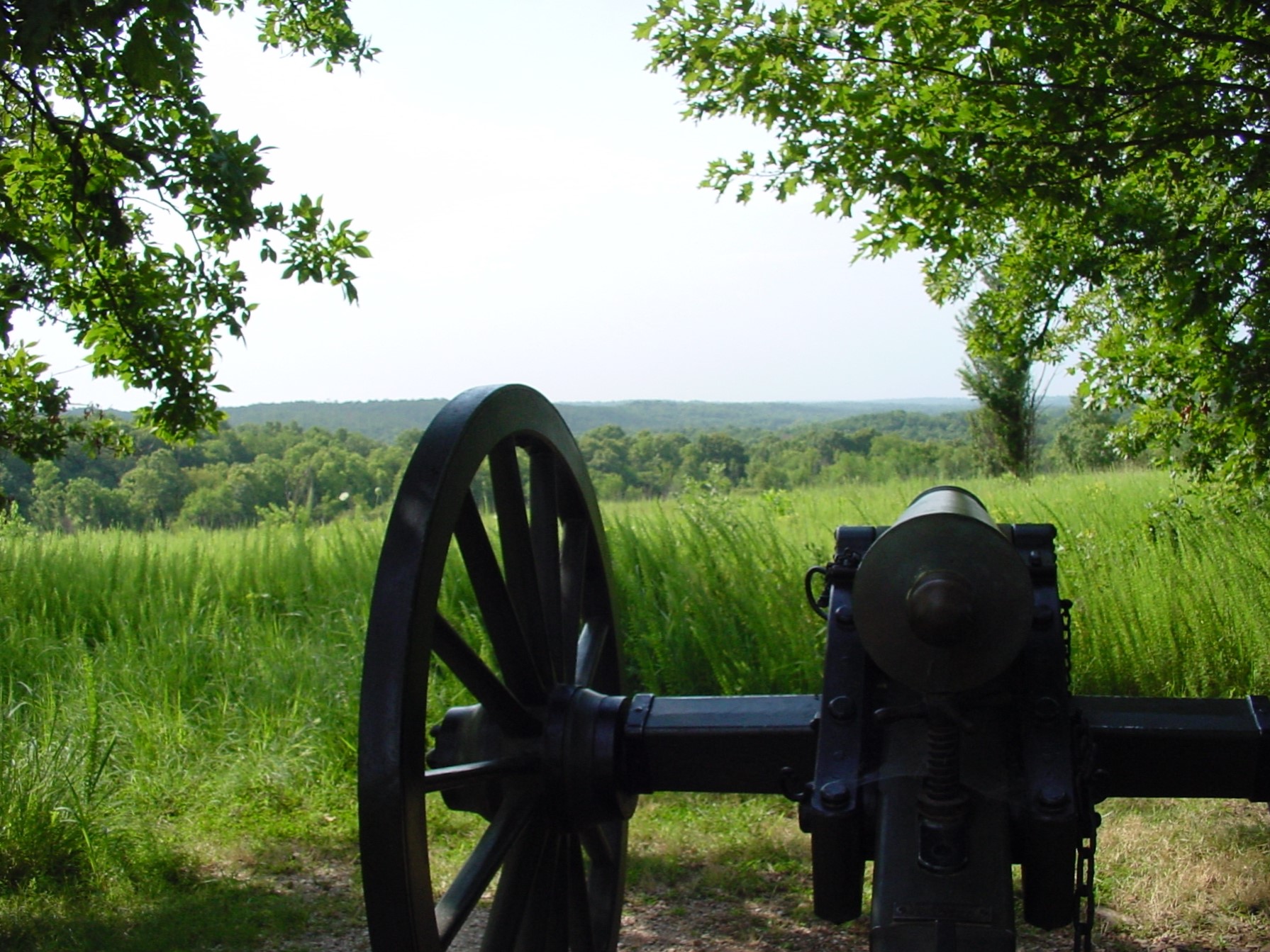
Lyon Marker on Bloody HillThe Lyon Marker commemorates Brigadier General Nathanial Lyon, the first Union general to die in combat. In 1928, a community social club placed the marker on or near the spot on Bloody Hill where General Lyon fell during the battle of Wilson's Creek. Previously, a large stone cairn dating back to the Civil War era served as an informal memorial to Lyon. 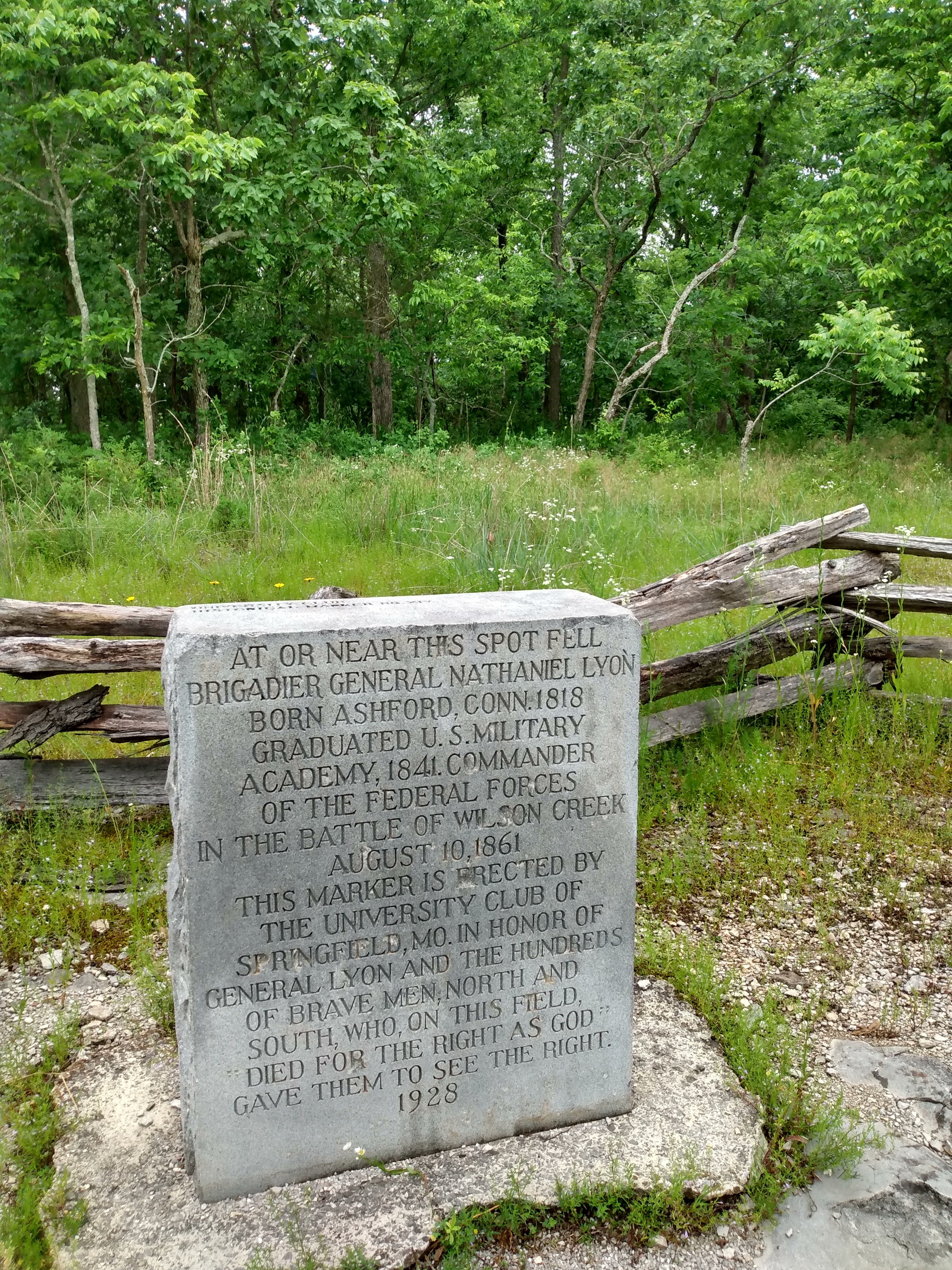
Ray HouseDuring the battle of Wilson's Creek, John Ray's family hid in the cellar as he watched the battle from the porch. The farmhouse then transformed into a field hospital and the family cared for wounded soldiers. After the battle, soldiers recovered the body of General Nathaniel Lyon, the first Union general to fall in combat during the Civil War. They brought Lyon's body to the Ray home and placed it on a family bed. The "Lyon Bed" now is part of the park's museum collection. 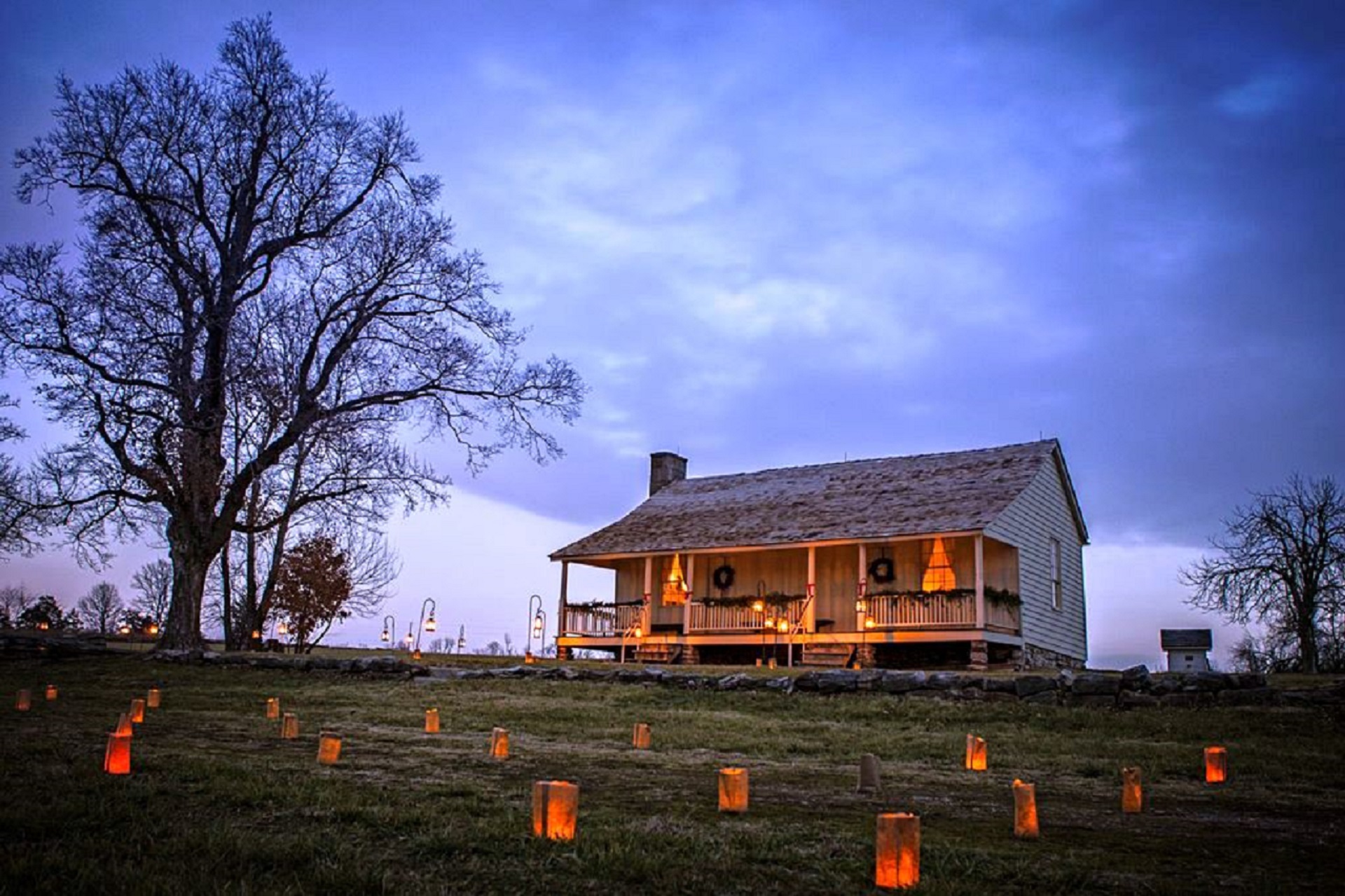
Sinkhole on Bloody HillOn a boiling hot August day, soldiers fought the battle of Wilson’s Creek. After more than six hours, the terrible toll included more than 2,539 individuals dead, wounded, captured, or missing. On Bloody Hill, some Union dead were buried in a mass grave formed by a natural sinkhole. 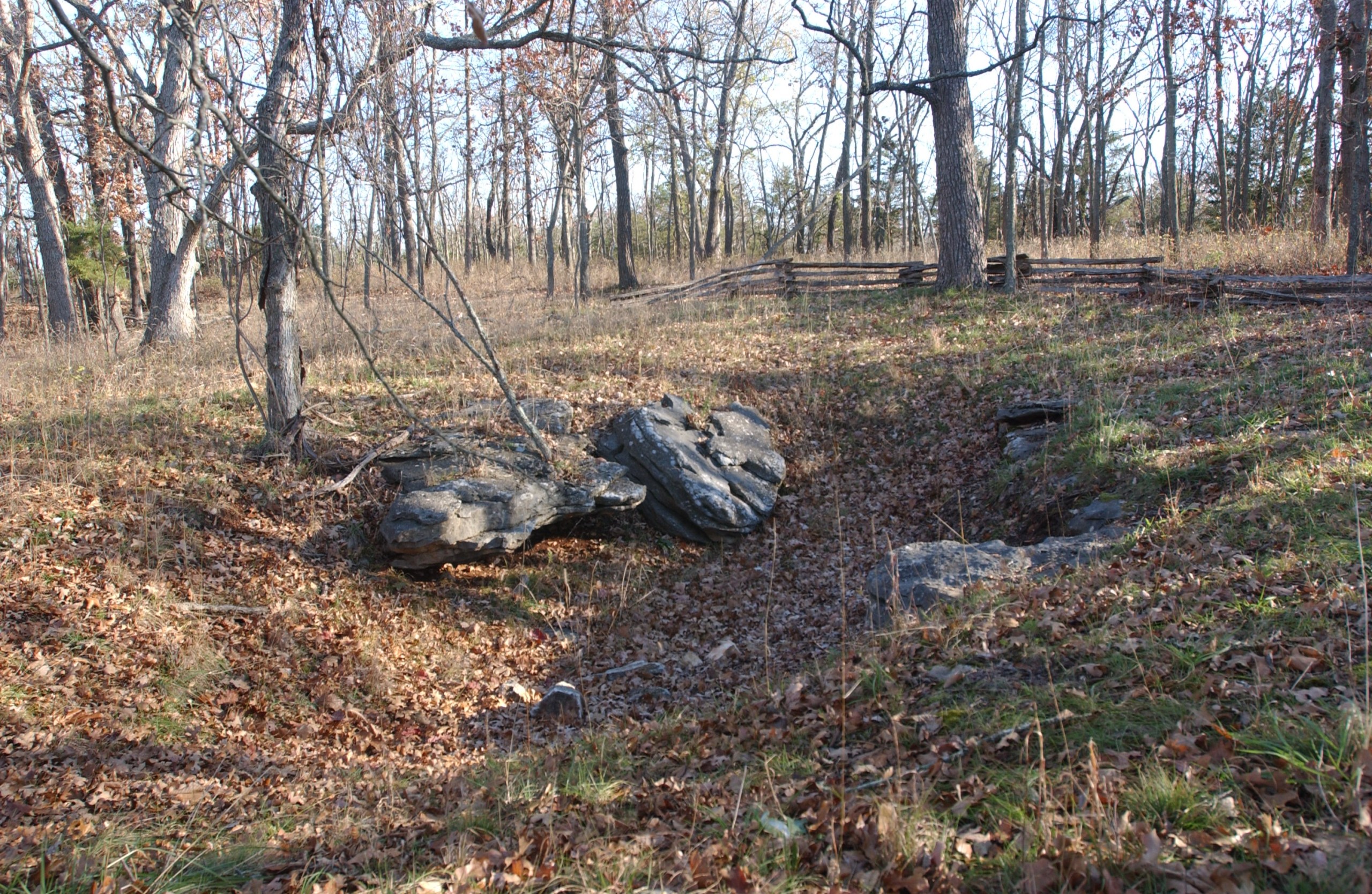
Wire RoadThe historic Wire Road (also known as the Telegraph Road) runs from St. Louis, Missouri, to Fort Smith, Arkansas. Telegraph wire ran on the route, which also was a major corridor for moving troops and supplies. The road also lies on what was a historic Native American travel route and the old Butterfield Overland Mail route. A portion of the Wire Road runs through Wilson's Creek National Battlefield and is open to foot traffic. 
|
| Visitor Centers | Count: 1
Wilson's Creek Visitor Center & Museum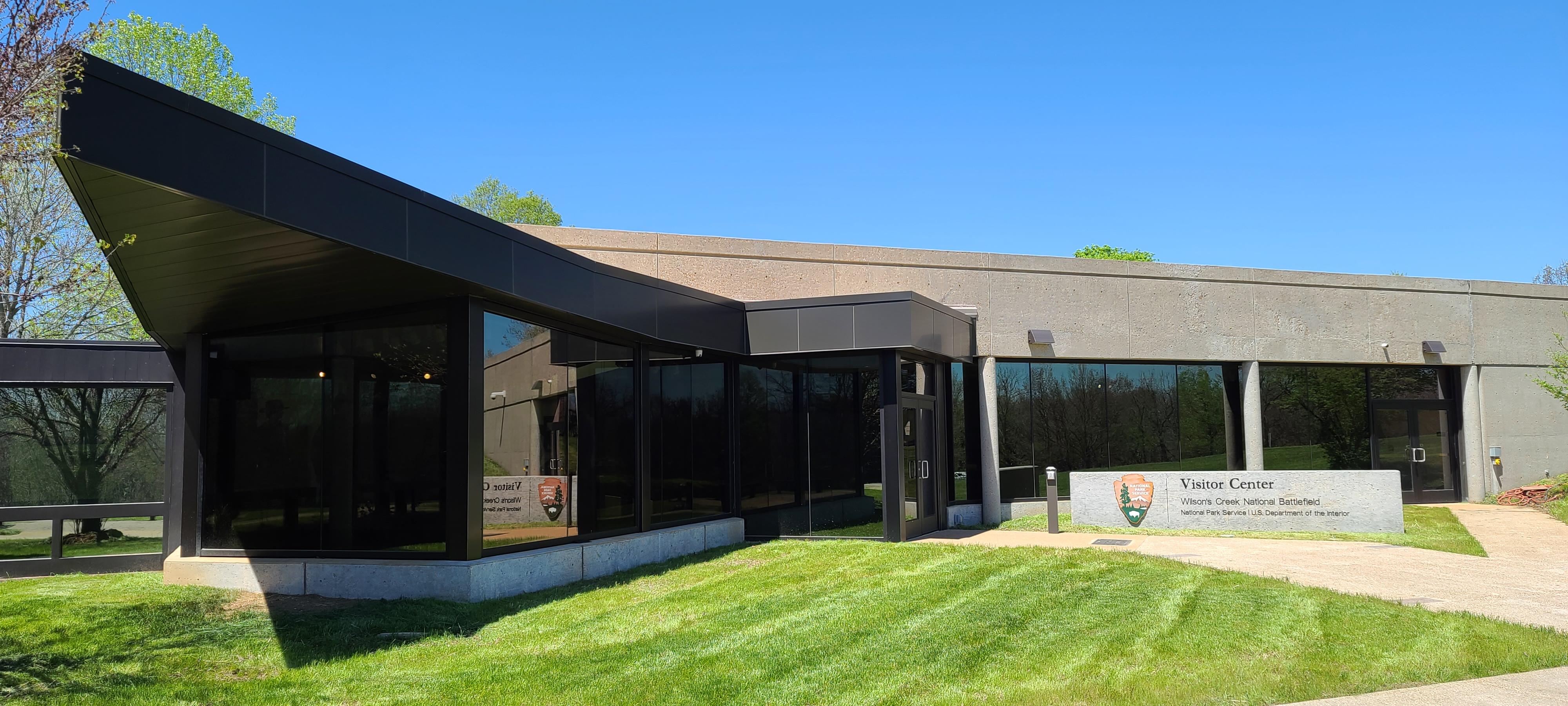
|
| Things to do | Count: 12
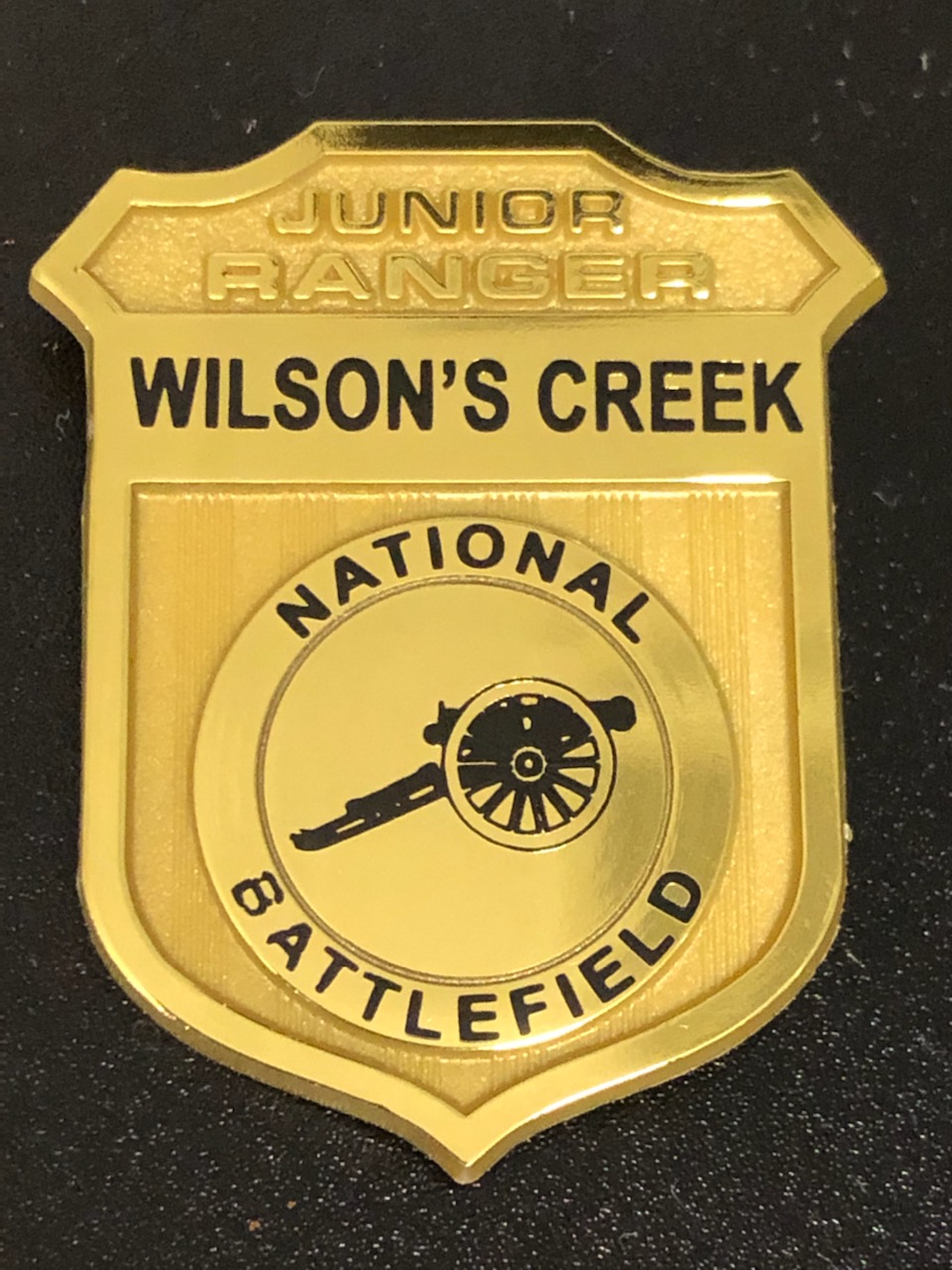
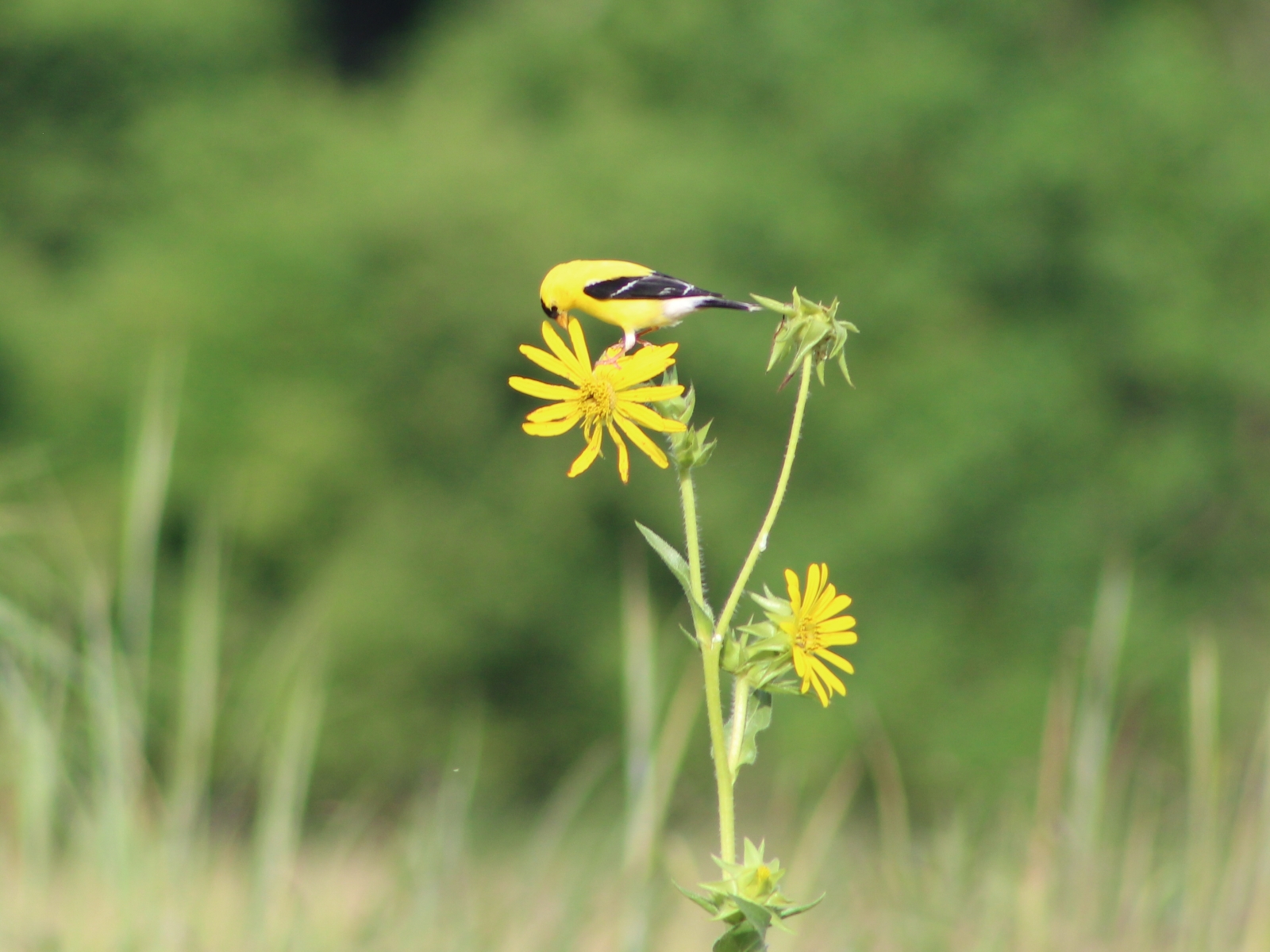
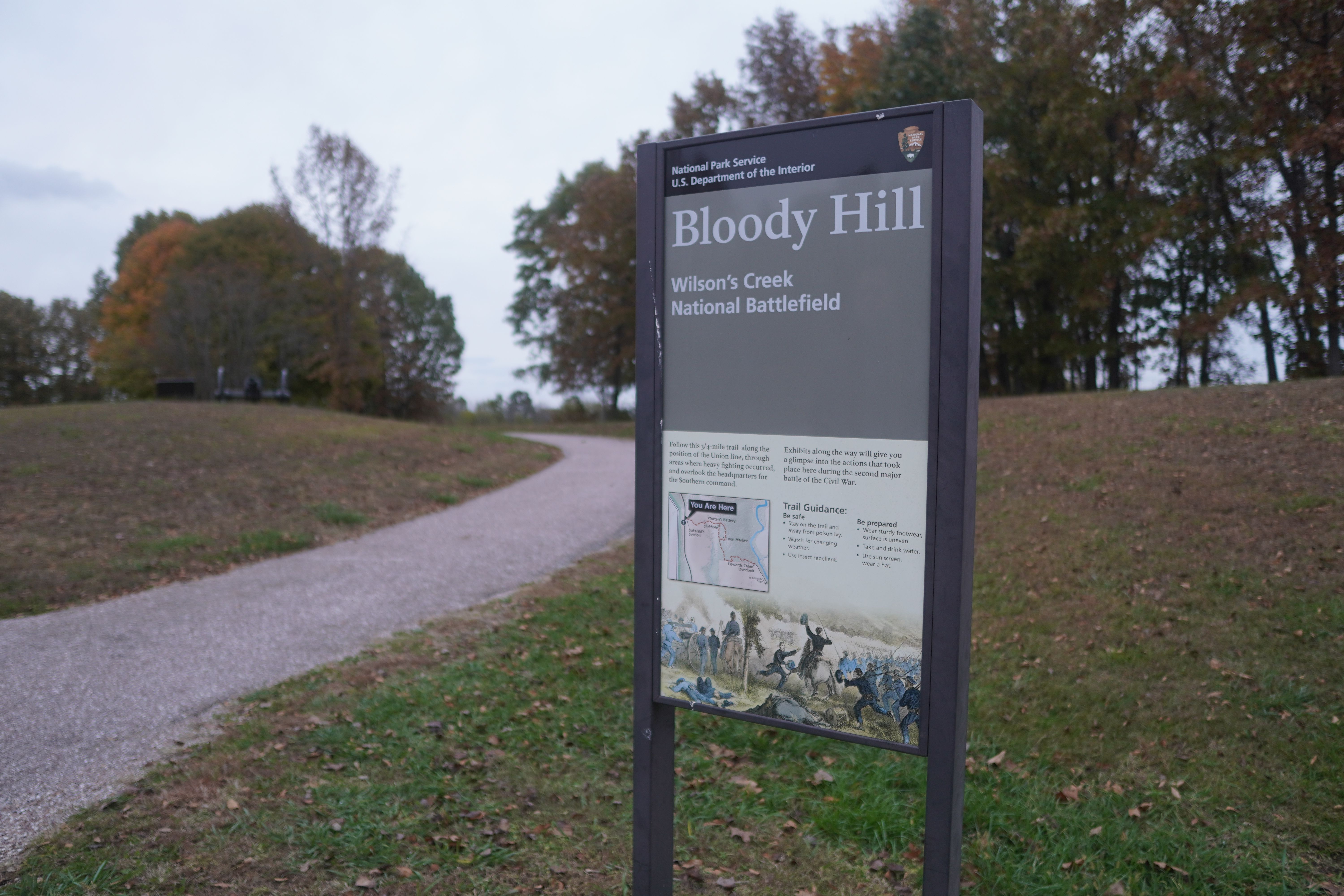

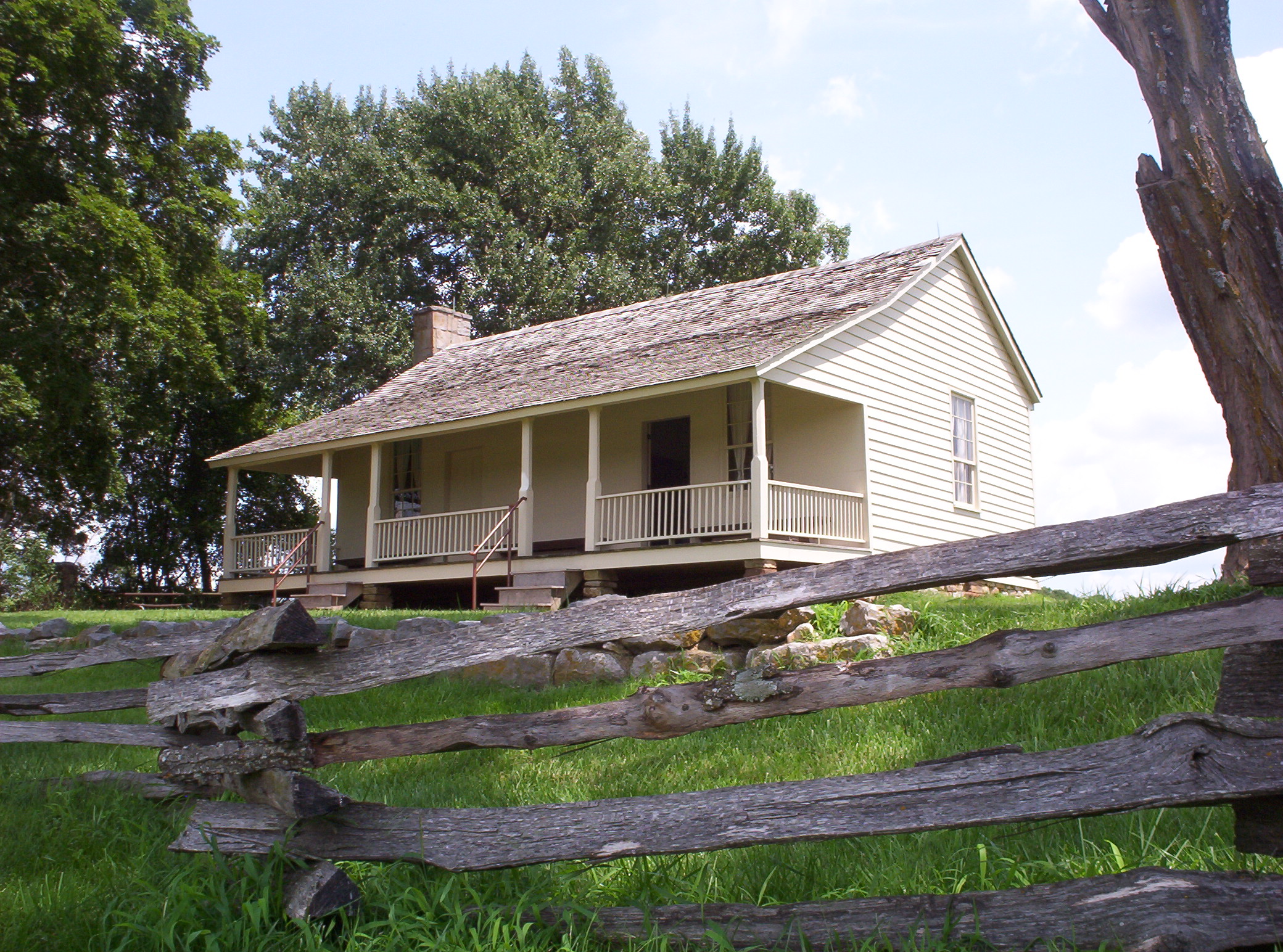
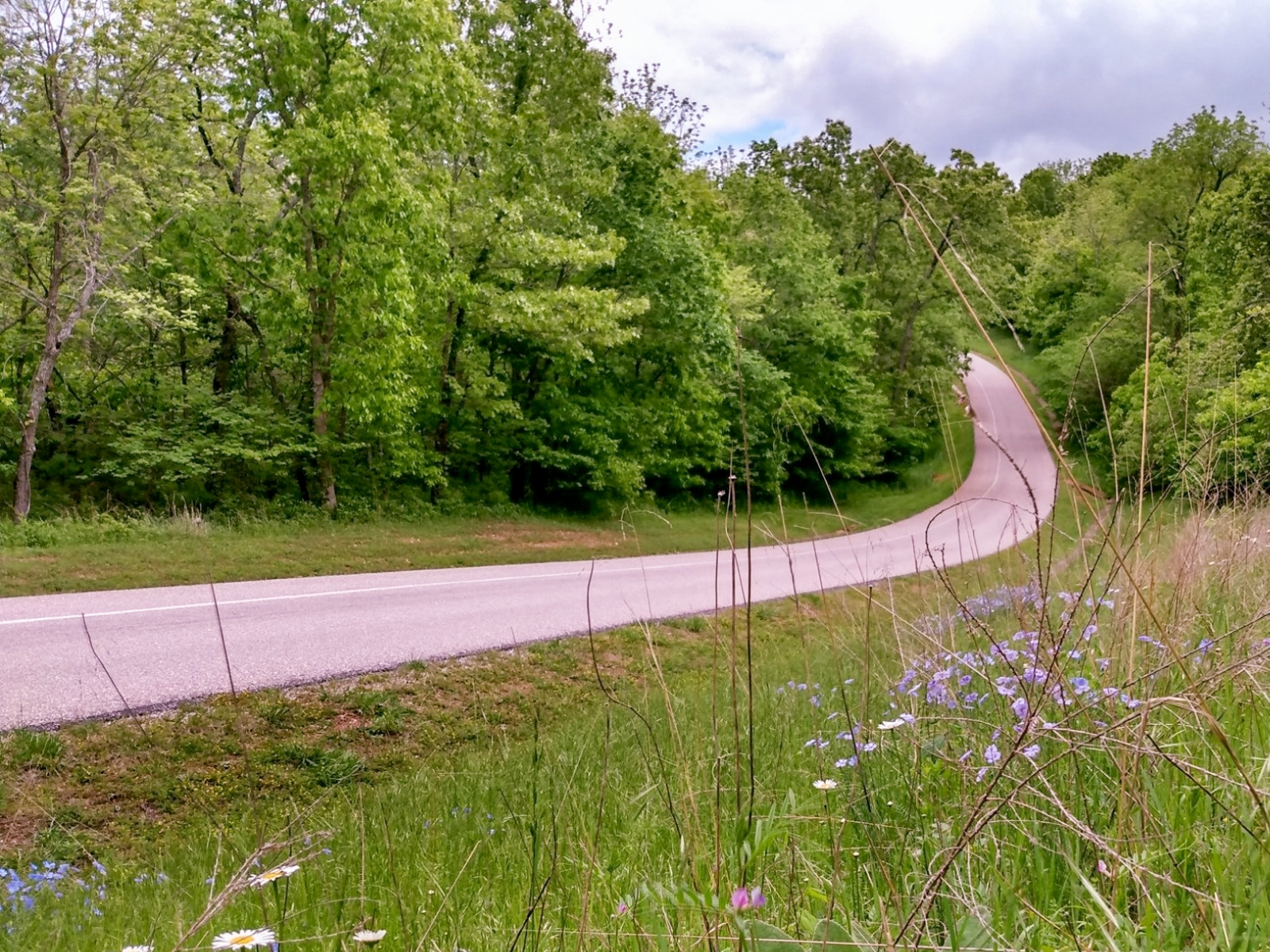
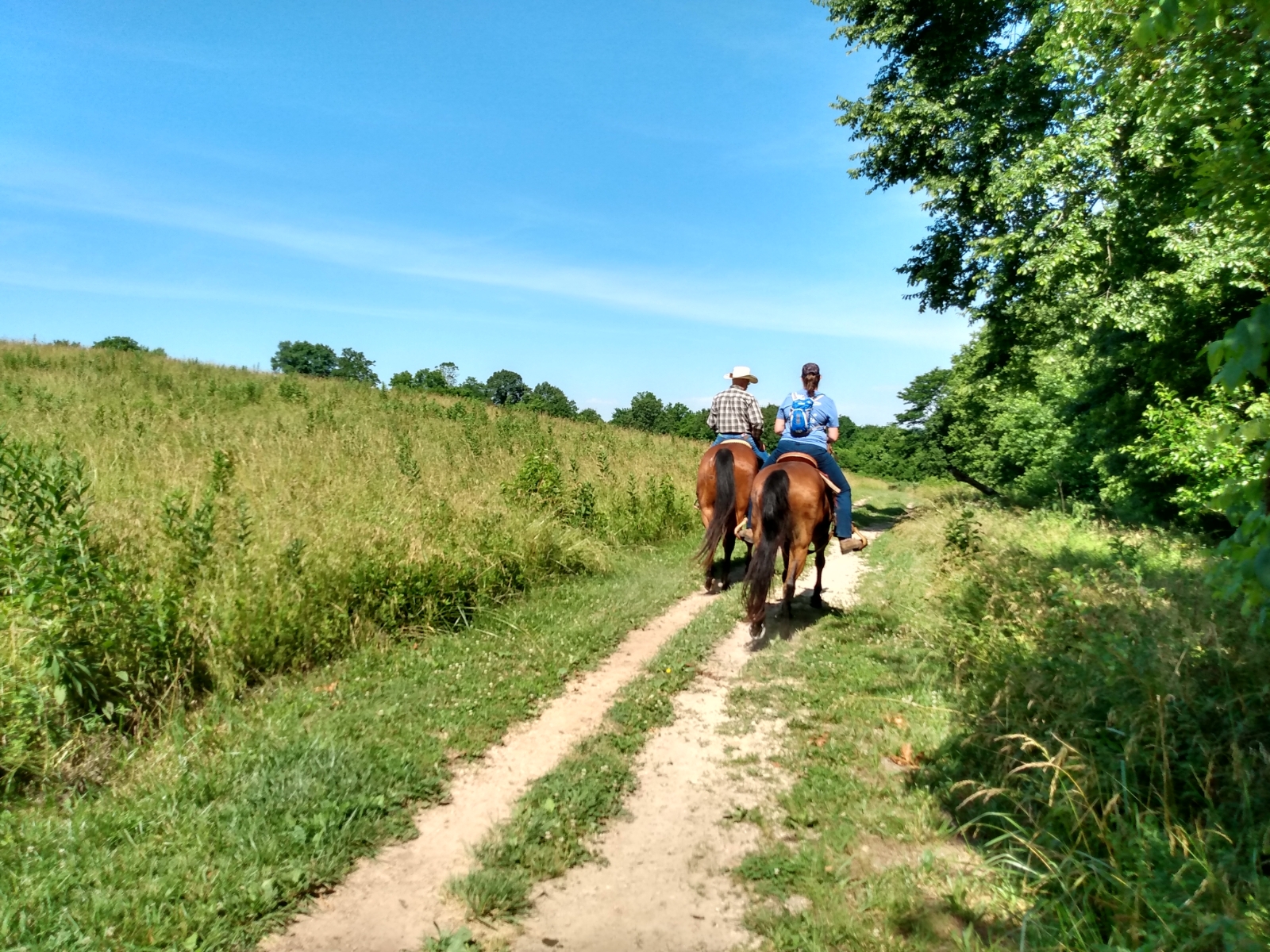
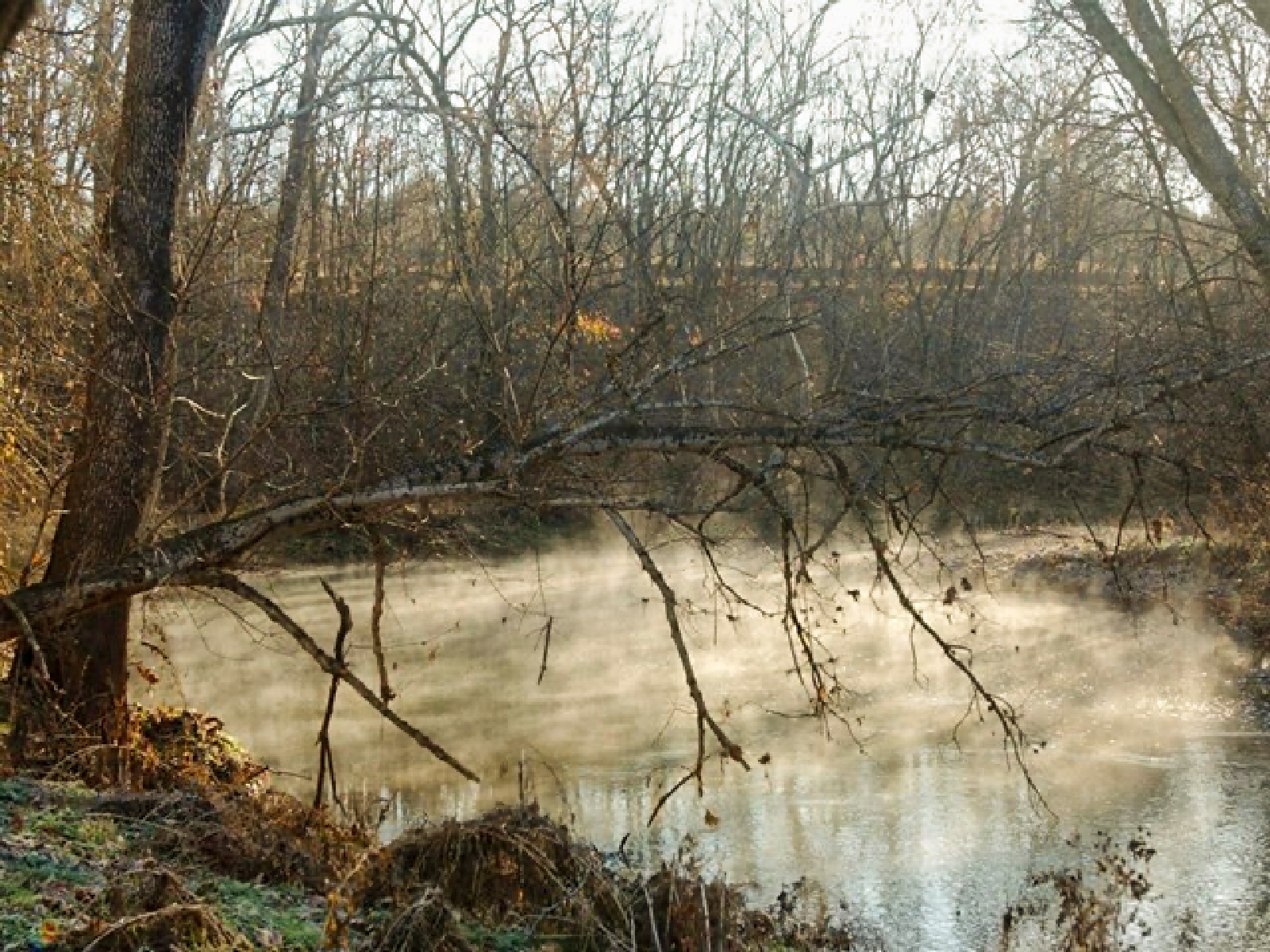
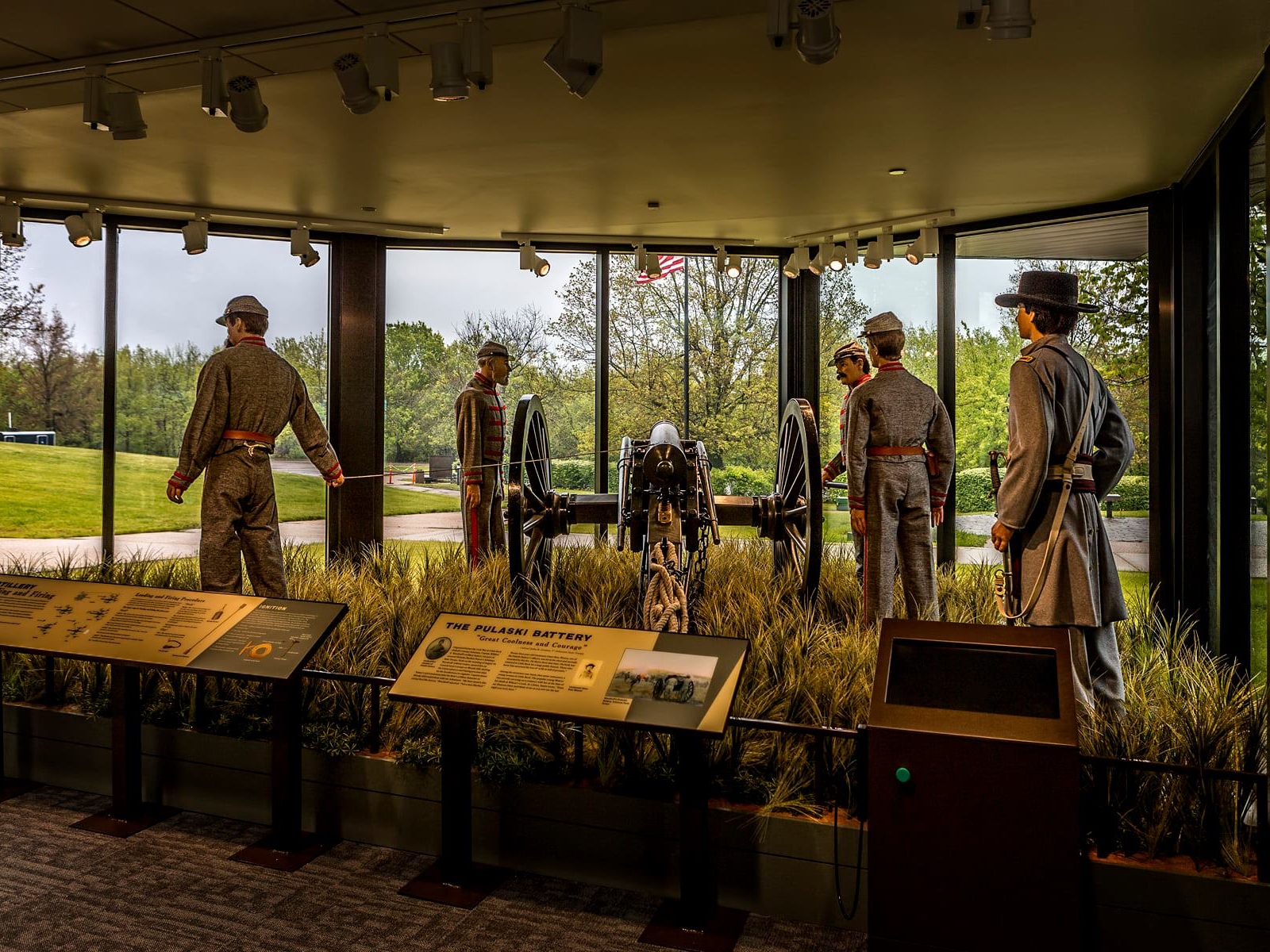
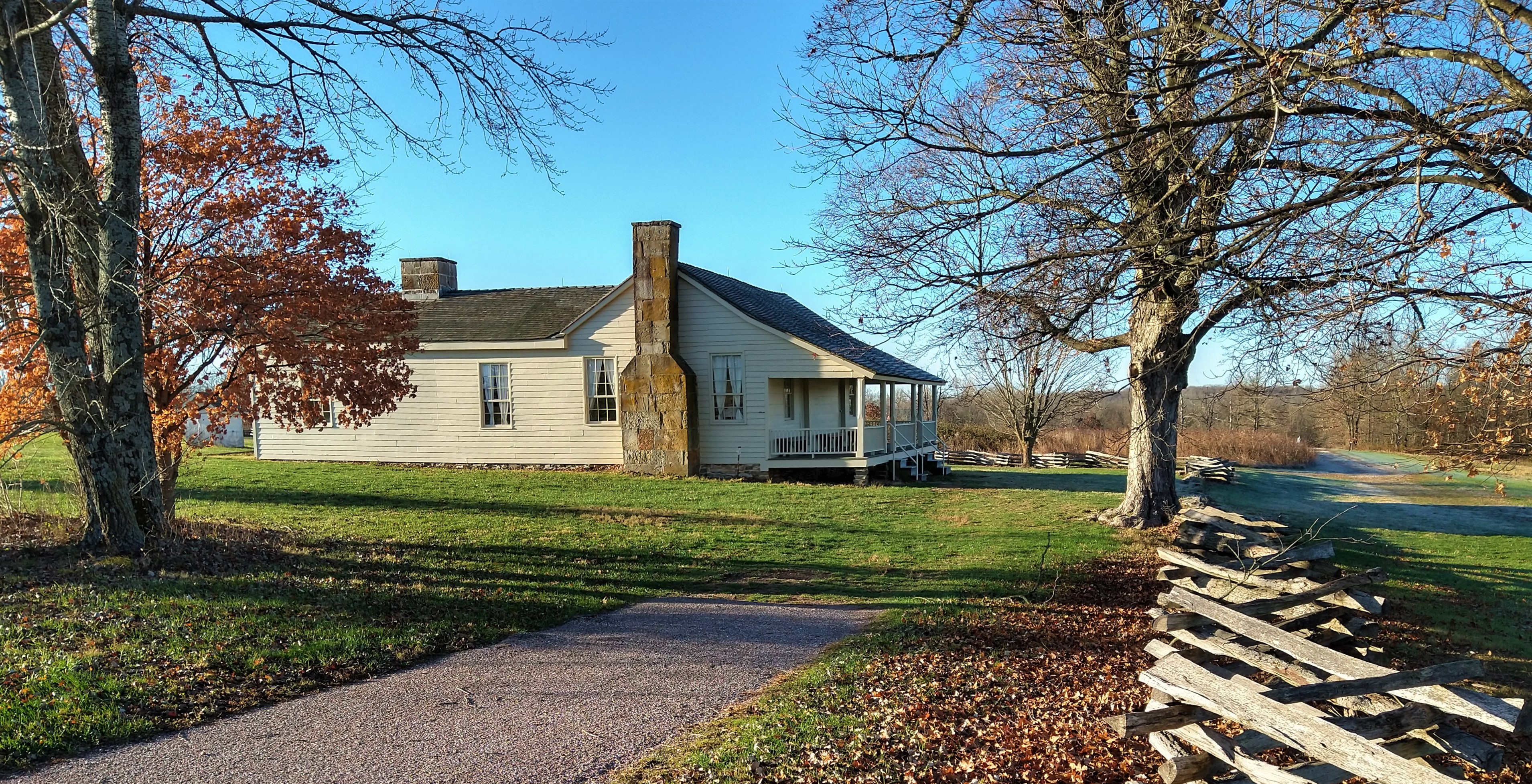
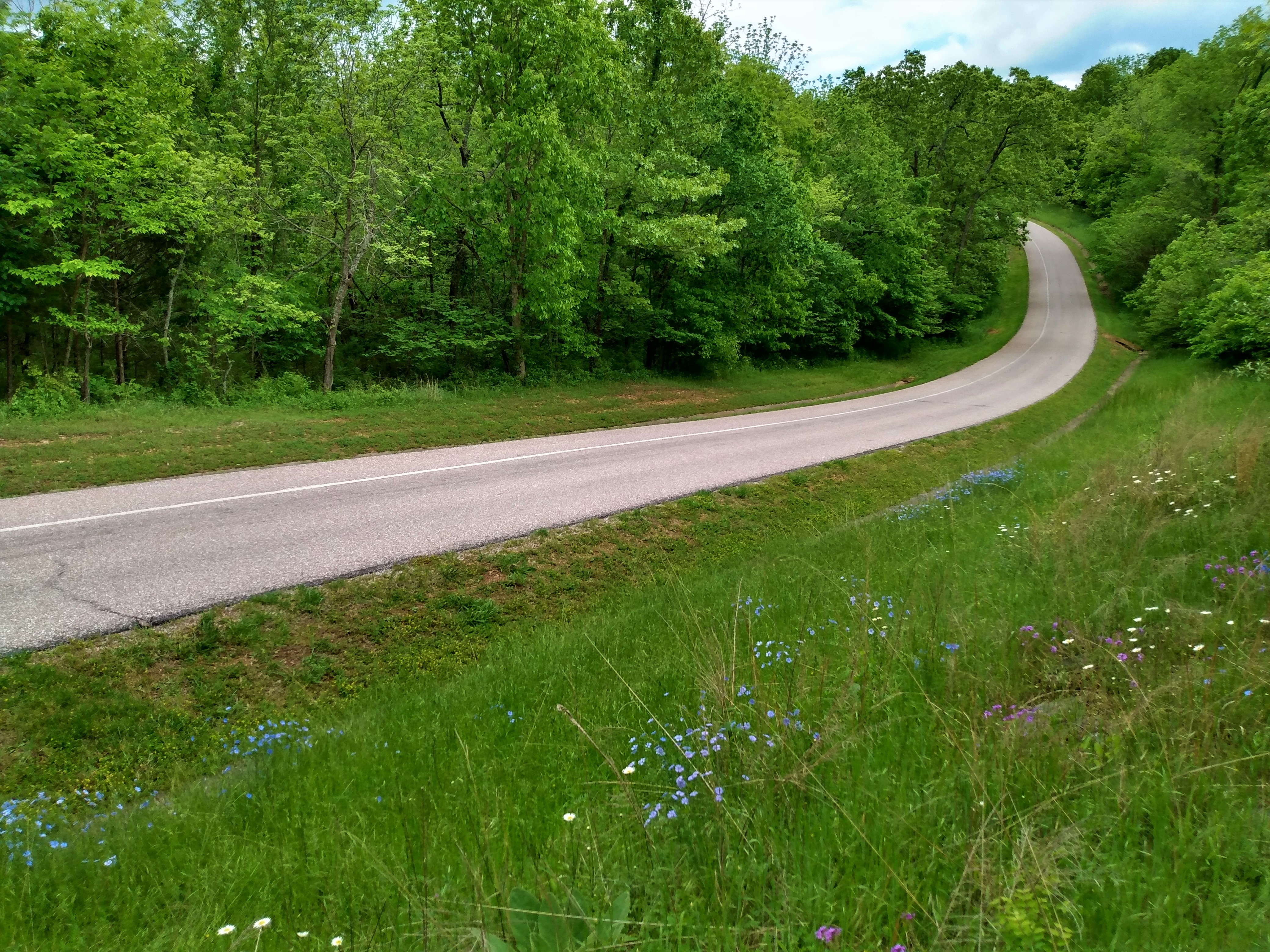
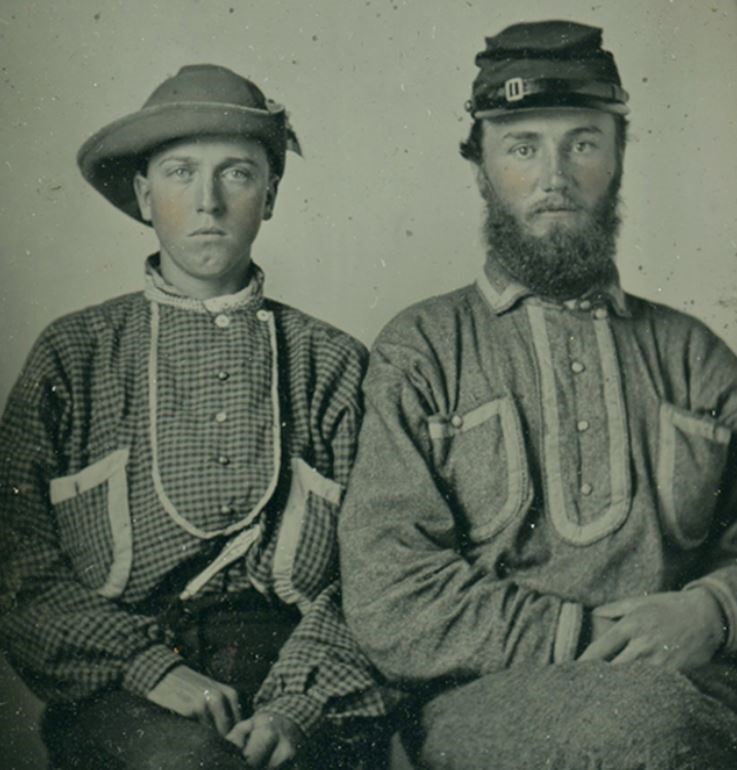
|
| Tours |
Count: 0
|
| Articles |
|